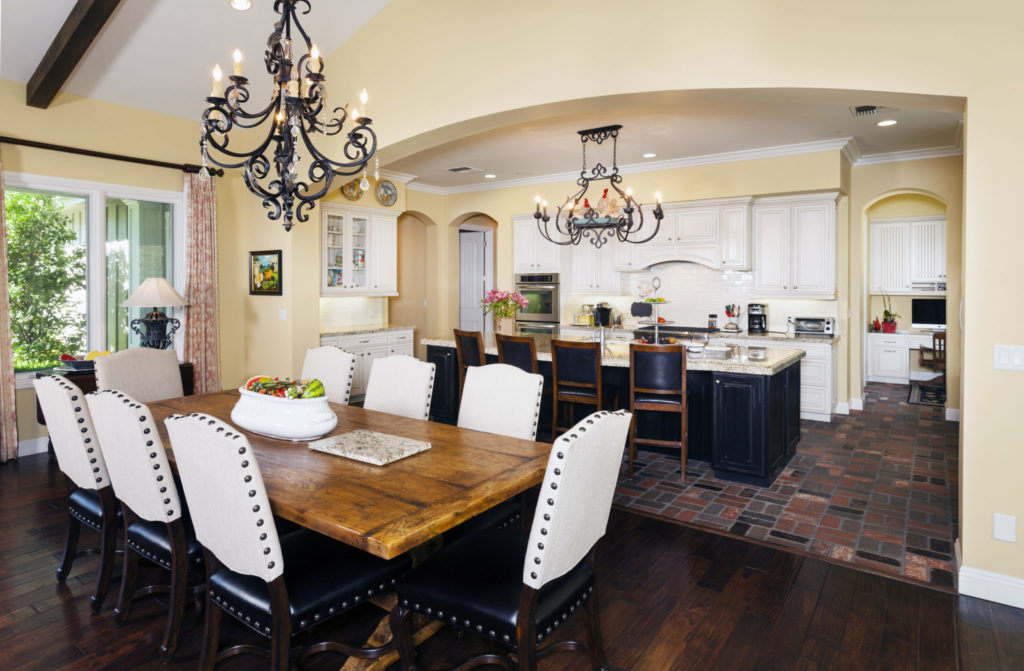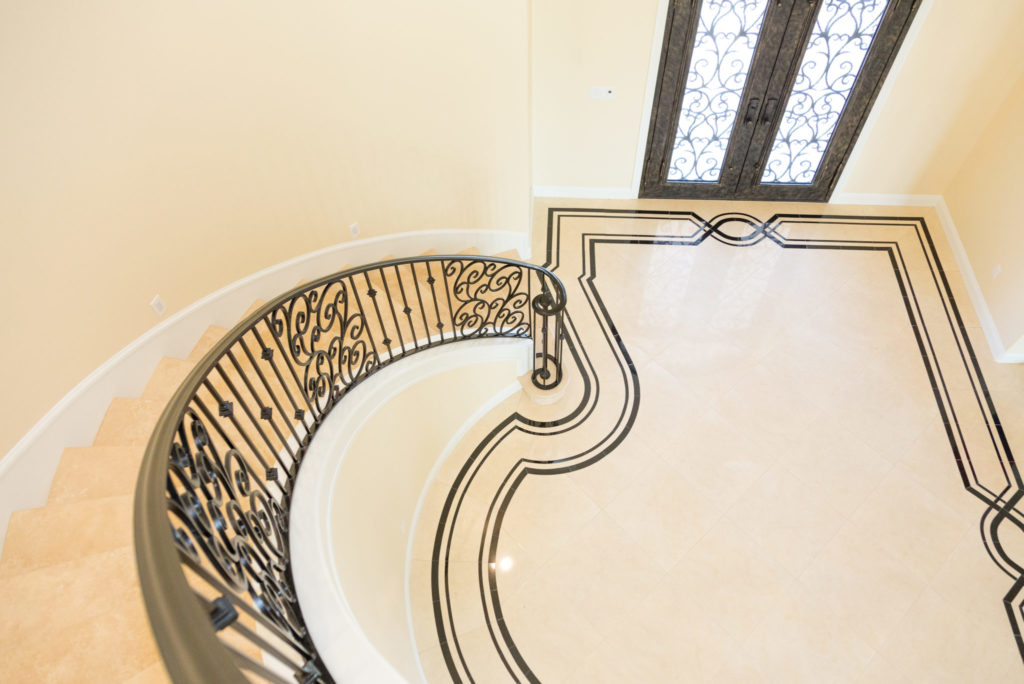What Type of Client Are You?
December 4th, 2019 | by dpcustombuilder | Posted in build process, Client Relationships
Successful builders are choosy about the people they work with. Here’s why.
The best business relationships are those where everyone has high standards, both for themselves and for the other parties. This is certainly the case when building a new custom home—a complex, expensive and emotion-laden effort in which the homeowner and builder must collaborate closely for months. Successful outcomes demand mutual trust and confidence.
A smart homeowner will be picky when shopping for a builder and will take the time needed to make the right choice. But it also works the other way. If the builder is a real pro, they will scrutinize you just as closely, and that’s ultimately to your benefit.

Why might a builder choose not to do business with someone? The most tangible reasons are money (the price range the builder works in doesn’t match the homeowner’s budget) and geography (the home is outside the builder’s market area). But intangibles also play a role.
The notion that good relationships need a mutual “fit” has become a cliché, but that’s because it’s so true.
A common mindset that works against this fit is an obsession with cost per square foot. That may be a legitimate metric when comparing similar tract homes from competing builders in the same market, but it’s irrelevant for custom projects.
If you already have a design, it’s fair to ask the builder for a rough ballpark—you want to know, for instance, whether construction will be closer to $500,000 or $600,000. Final costs always depend on details, however. A fixation on making the project meet a square-foot cost you found on Google will be a red flag, and a sign that no one will be happy with the outcome.
Another potential problem is a reluctance to make firm choices. That includes making all necessary design decisions and product selections by the builder’s deadlines. Foot dragging will create delays, cost overruns and bad feelings.

Then there are standards. Professional builders are successful in large part because they do high quality work, and they prefer to work for clients who have high expectations. At the same time, builders usually follow defined quality standards.
Take the example of interior paint. The quality benchmark of the Painting and Decorating Contractors of America states that you shouldn’t be able to see a blemish on the wall under normal light conditions from a certain distance, and most good painters try to exceed that. A builder will try to get a sense of whether a prospective client is likely to scrutinize the paint job with a magnifying glass and be hard to satisfy.
Successful builders seek out clients whose approach is collaborative rather than adversarial. In fact, both parties should look for reasons they can trust one another.
The tone of this business relationship affects more than the home buyer and builder: it also rolls down to employees and trade contractors. That’s one of the biggest reasons pros are choosy about who they work with. The supply of skilled labor isn’t enough to meet demand, so it’s easy for a worker to leave for another company. And since most trade contractors pay market-based wages, the choice usually comes down to job satisfaction. The best employees flock to employers who are fair-minded and loyal, and who provide a positive work environment.
In other words, good builder/client relationships make it easier to retain high-quality workers. And that’s very good for the home buyer.
Warm Regards,

